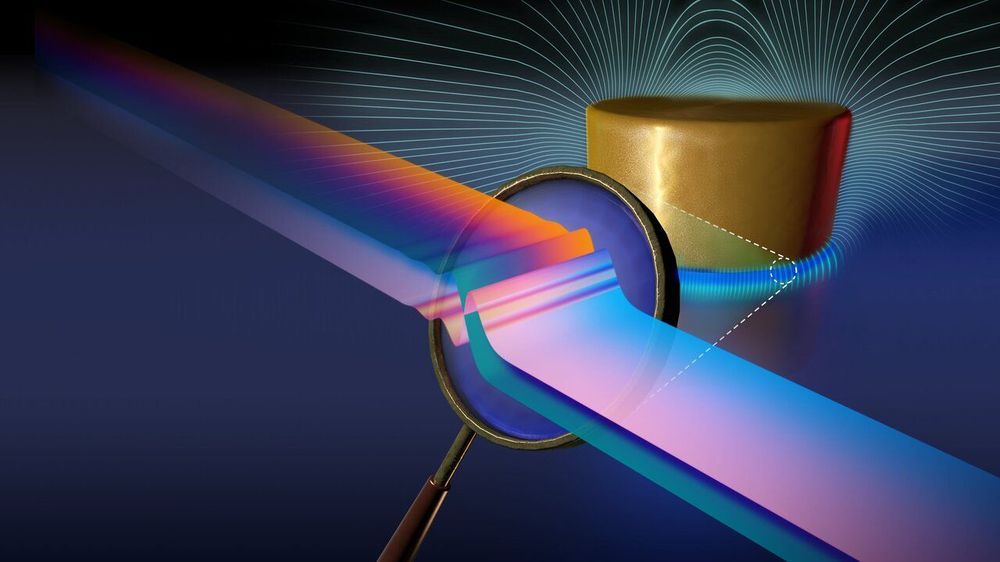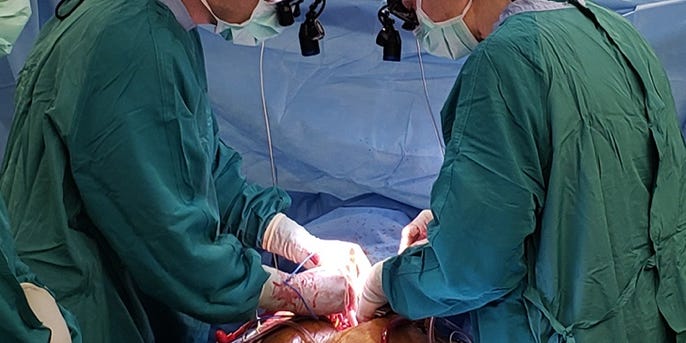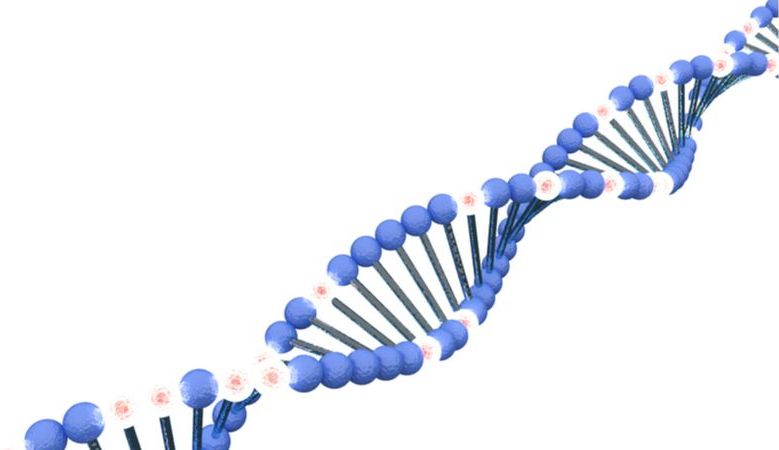
Today, Amazon has more than 200,000 mobile robots working inside its warehouse network, alongside hundreds of thousands of human workers. This robot army has helped the company fulfill its ever-increasing promises of speedy deliveries to Amazon Prime customers.
“They defined the expectations for the modern consumer,” said Scott Gravelle, the founder and CEO of Attabotics, a warehouse automation startup.
And those expectations of fast, free delivery driven by Amazon have led to a boom in the retail warehouse industry, with entrepreneurs like Gravelle and startups like Attabotics attempting to build smarter and cheaper robotic solutions to help both traditional retailers and younger e-commerce operations keep up with a behemoth like Amazon.


 This could usher in higgs exotic physics computing that is beyond even quantum computers.
This could usher in higgs exotic physics computing that is beyond even quantum computers.














